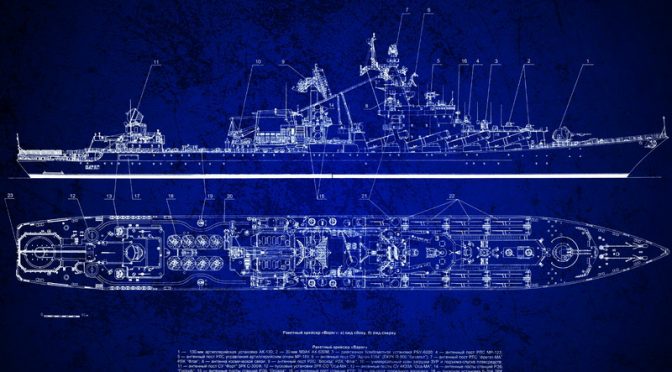By Dmitry Filipoff
Week Dates: October 3 – October 7, 2016
Articles Due: September 30, 2016
Article Length: 1000-2500 Words (with flexibility)
Submit to: Nextwar@cimsec.org
CIMSEC is hosting a topic week where contributors are invited to propose alternative naval force structures to spur thinking on how the threat environment is evolving, what opportunities for enhancing capability can be seized, and how navies should adapt accordingly. Contributors can choose to write about any nation’s navy across a variety of political contexts, budgetary environments, and time frames.
What is the right mix of platforms for a next-generation fleet, how should those platforms be employed together, and why will their capabilities endure? All of these decisions reflect a budgetary context that involves competing demands and where strategic imperatives are reflected in the warships a nation builds. These decisions guide the evolution of navies.
In a modern age defined by rapid change and proliferation, we must ask whether choices made decades ago about the structure of fleets remain credible in today’s environment. Navies will be especially challenged to remain relevant in such an unpredictable era. A system where an average of ten years of development precedes the construction of a lead vessel, where ships are expected to serve for decades, and where classes of vessels are expected to serve through most of a century is more challenged than ever before.
Editor’s Note: This topic week has since concluded and the writings submitted in response to this call for articles may be viewed here.
Dmitry Filipoff is CIMSEC’s Director of Online Content. Contact him at Nextwar@cimsec.org.
Featured Image: Russian Navy Slava-class cruiser graphic. (Desktopimage.org)

